Royal College of Art in London announces Herzog & de Meuron building and Kensington campus refresh
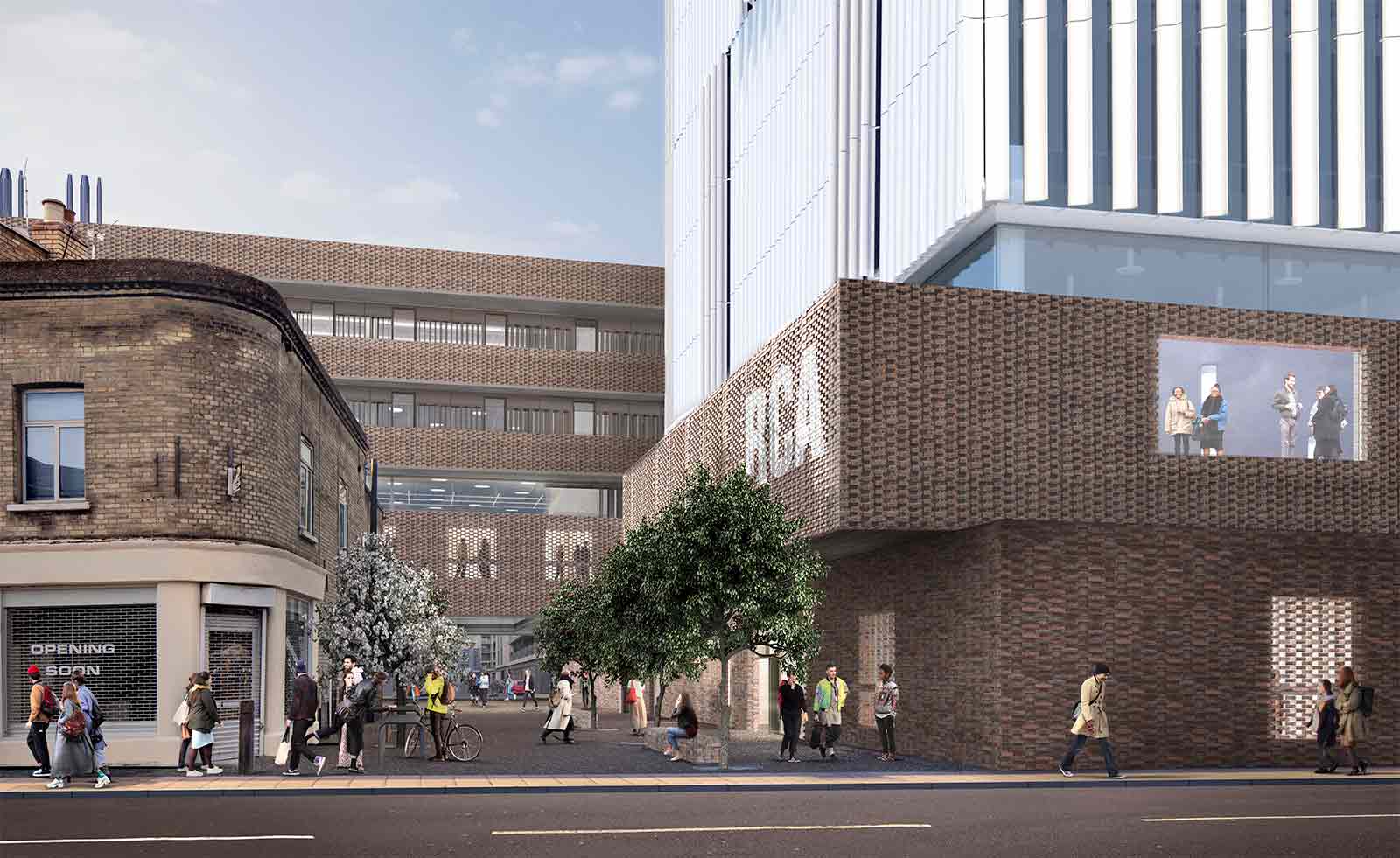
The Royal College of Art (RCA) has announced a campus refresh that will evolve the educational vision of the post-graduate university. Architectural updates include a new Herzog & de Meuron building and a revitalisation of the historic Kensington campus. These will contribute to the hastening academic pursuit of the RCA to cross-pollinate design disciplines with those of science.
Herzog & de Meuron’s building design for the Battersea campus – for which 70 per cent of philanthropic funding has now been achieved – will hold a vast, flexible hangar-style space at its heart, flanked by two adjoined buildings catering to studios, workshops, labs and research centre facilities.
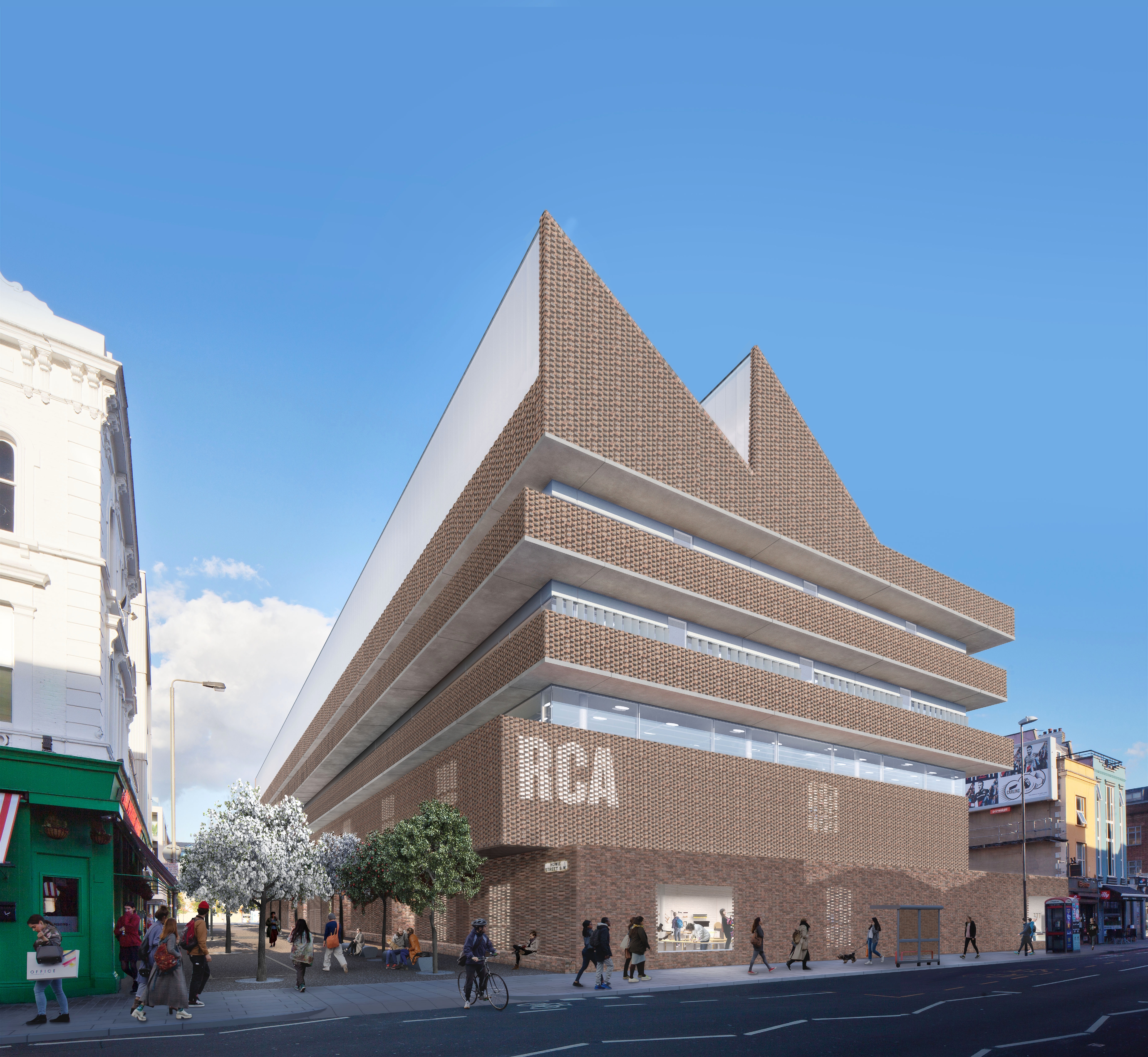
The new RCA Battersea Building. Image: © Herzog & de Meuron
After this project completes (2022 projected) attention will turn to the historic campus in Kensington. The Darwin Building, designed by British architects Sir Hugh Casson, H.T. Cadbury-Brown and Robert Goodden and opened in 1961, will undergo revitalization. Plans will dramatically update function, yet also look back to celebrate and reconnect with the radical founding values of the college

RCA Darwin Building, Kensington
Founded in 1837, the RCA is a postgraduate university that describes itself as a ‘radical traditionalist in a fast-paced world.’ First founded as a response to the first Industrial revolution, now the school is reacting to the current digital and economic revolution. New programmes with a focus on nano and soft robotics, computer science and machine learning, materials science and the circular economy such as the already introduced Environmental Architecture and Digital Direction programmes that will be developed and expanded on further – all made possible by the new building and campus designs.
Notable architectural alumni include Sir Ridley Scott, Sir David Adjaye and Thomas Heatherwick, while the Sir Jony Ive takes up the position of chancellor. Ive describes the university as an environment of cross-pollination that ‘encourages an acceptance of the challenges associated with doing hard things, encouraging the curiosity, openness and care that are at the heart of innovation’.
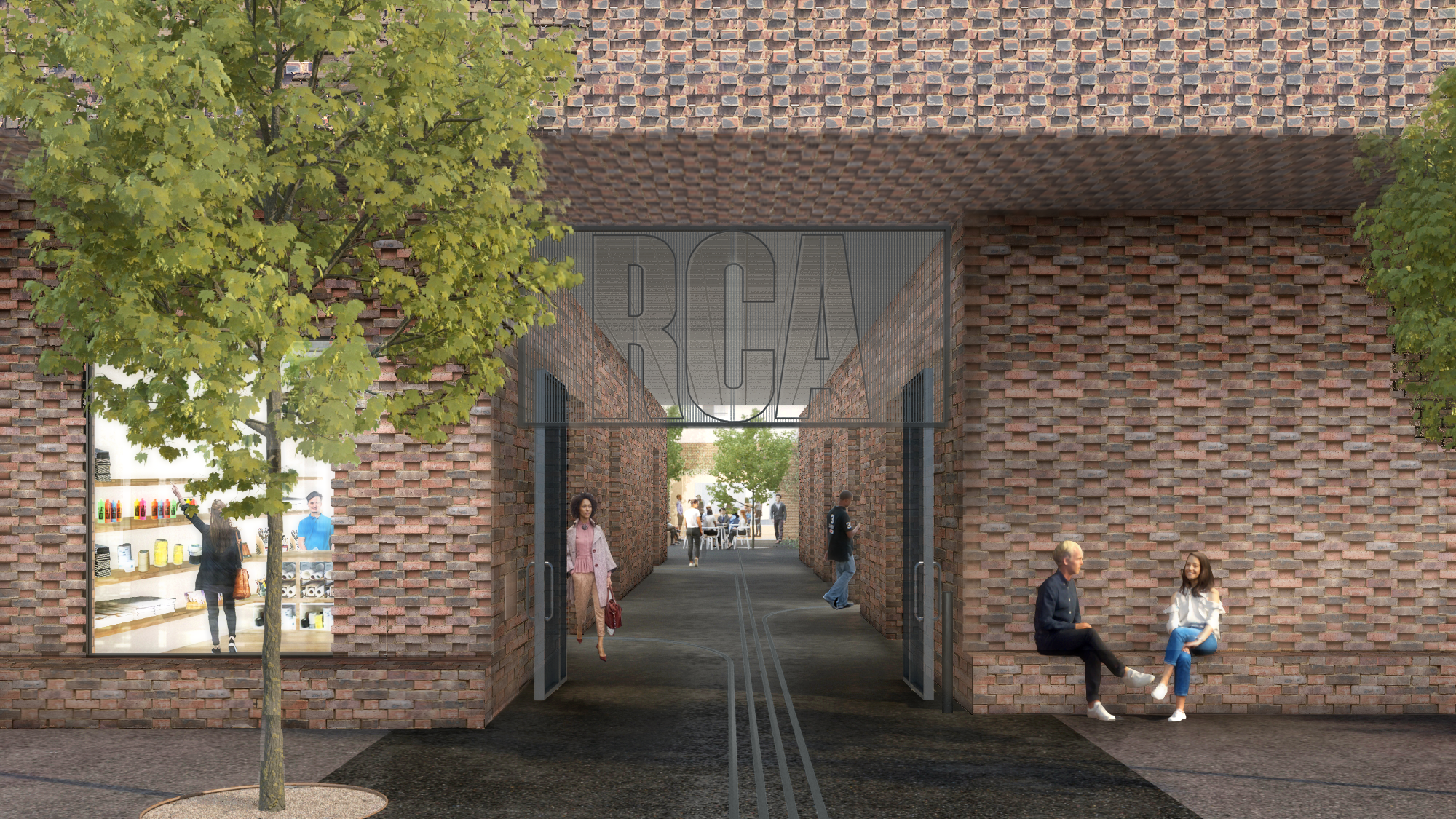
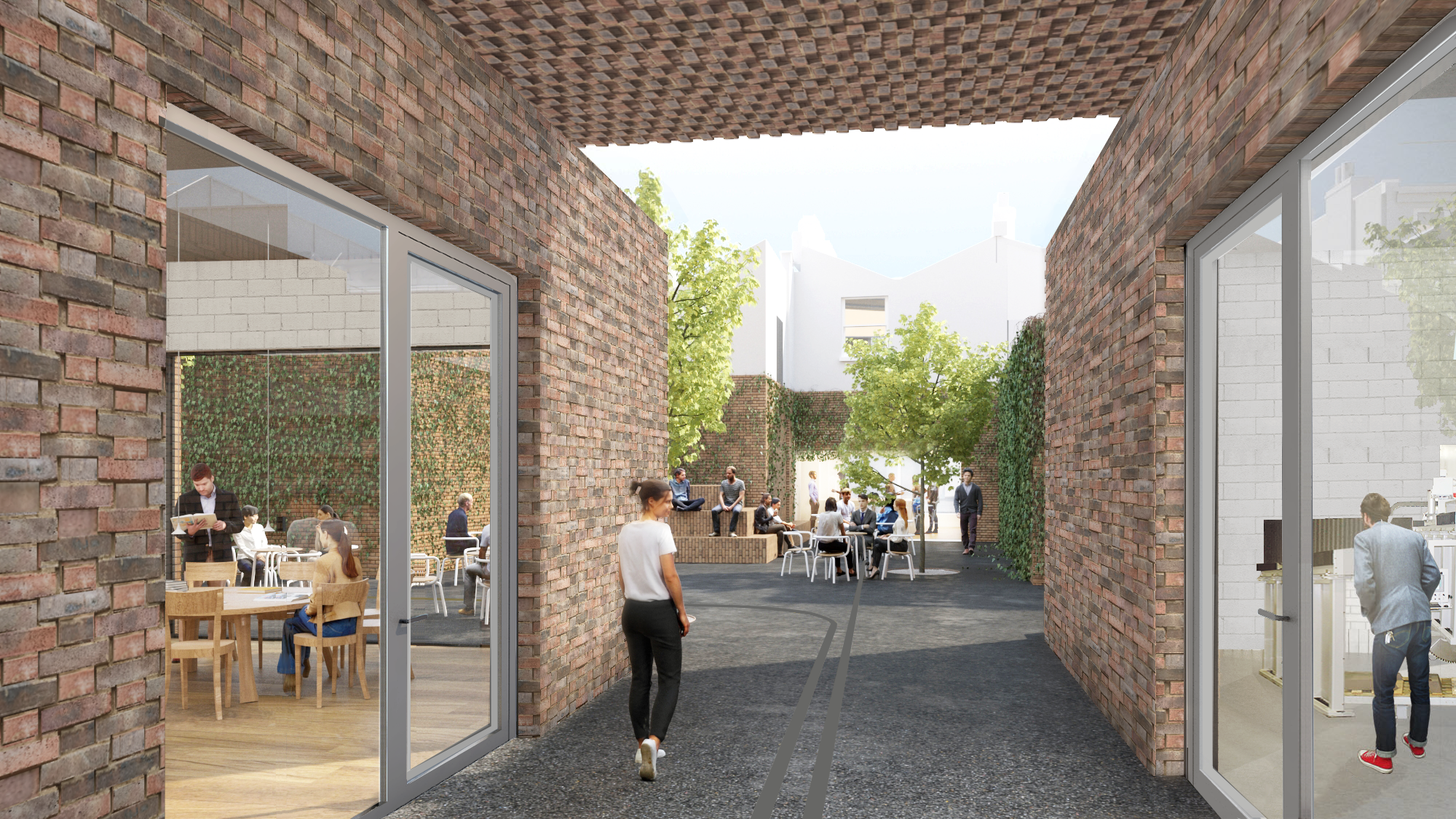
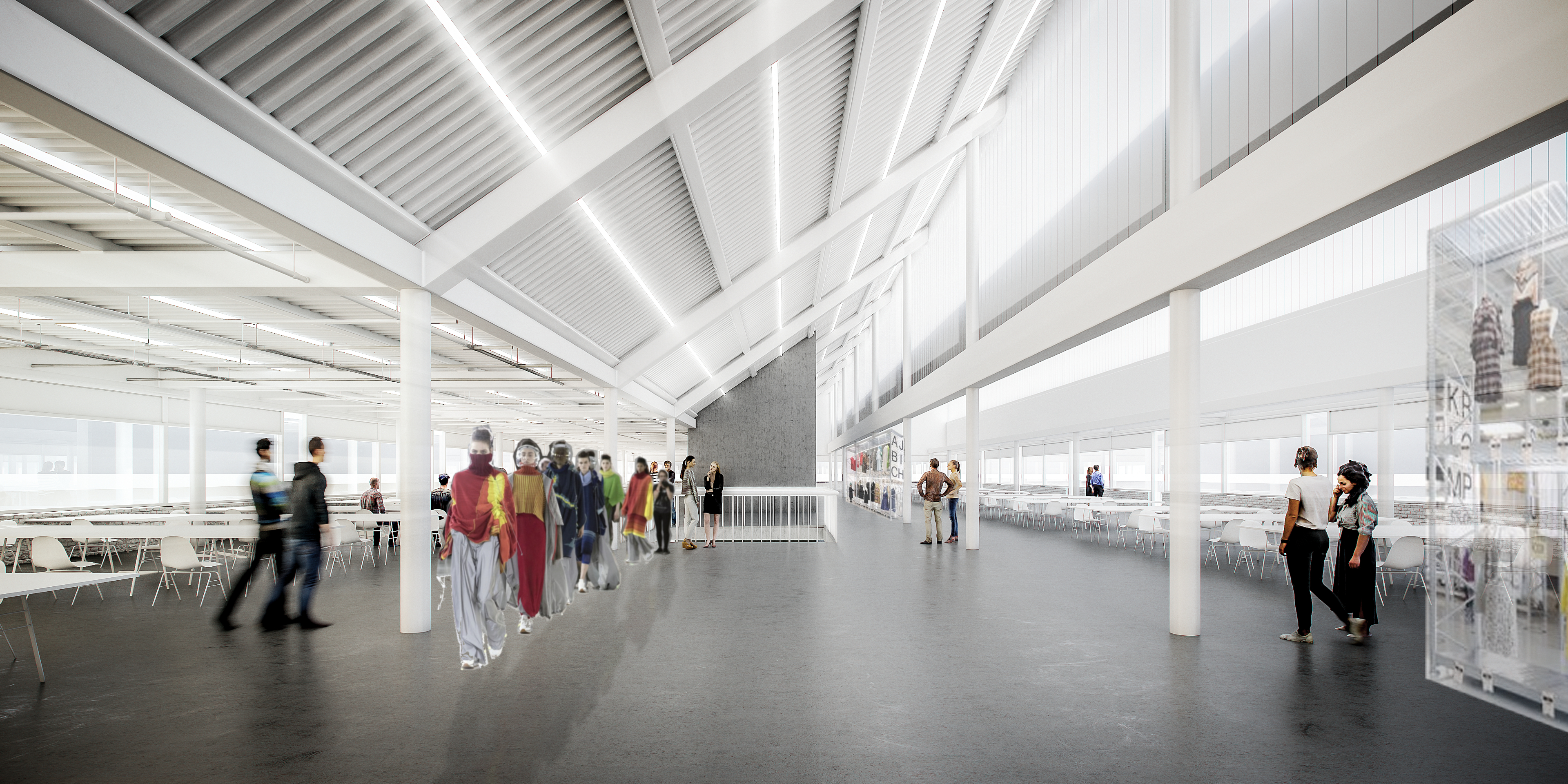
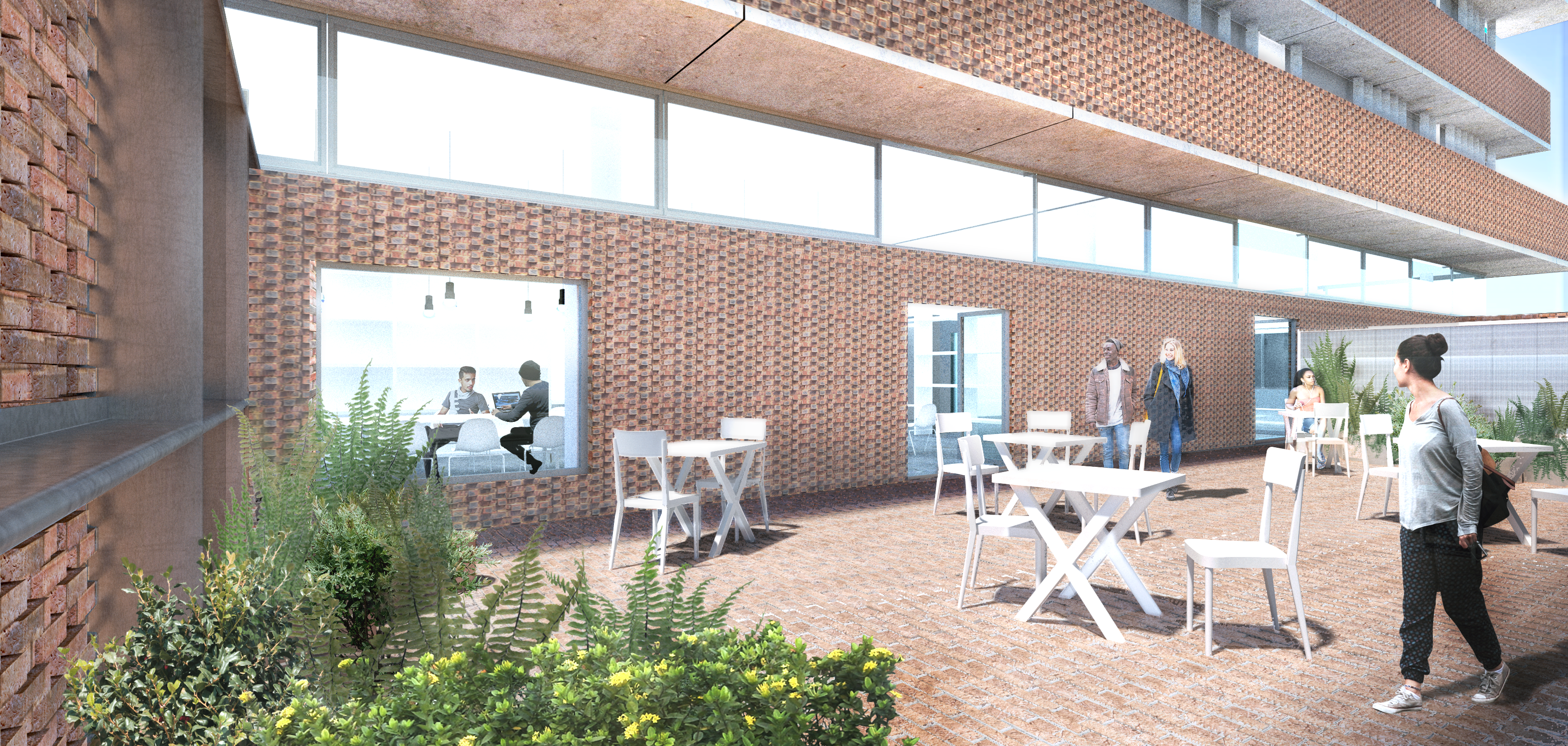
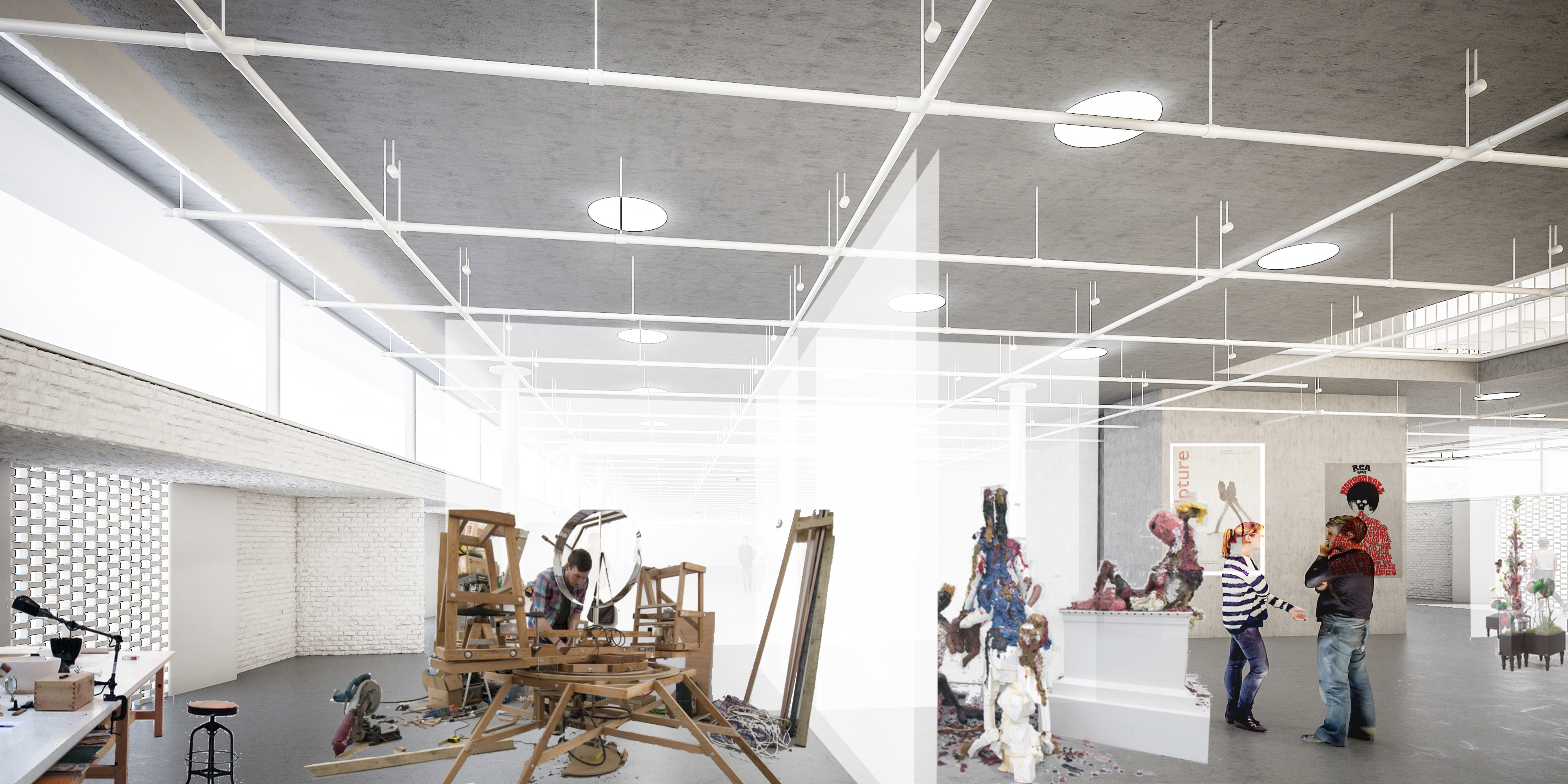
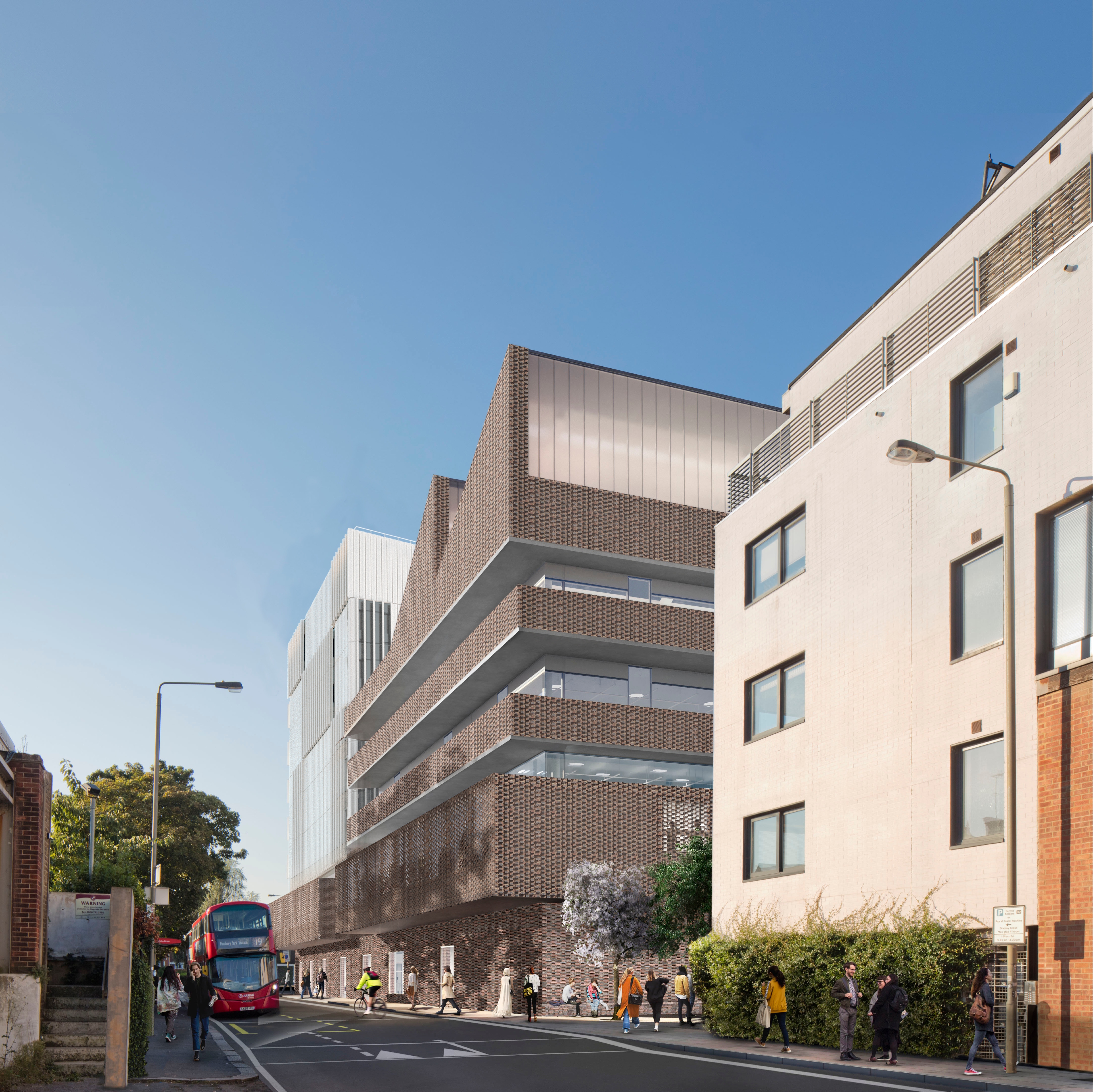
INFORMATION
For more information, visit the RCA website and the Herzog & de Meuron website
Wallpaper* Newsletter
Receive our daily digest of inspiration, escapism and design stories from around the world direct to your inbox.
Harriet Thorpe is a writer, journalist and editor covering architecture, design and culture, with particular interest in sustainability, 20th-century architecture and community. After studying History of Art at the School of Oriental and African Studies (SOAS) and Journalism at City University in London, she developed her interest in architecture working at Wallpaper* magazine and today contributes to Wallpaper*, The World of Interiors and Icon magazine, amongst other titles. She is author of The Sustainable City (2022, Hoxton Mini Press), a book about sustainable architecture in London, and the Modern Cambridge Map (2023, Blue Crow Media), a map of 20th-century architecture in Cambridge, the city where she grew up.
-
 All-In is the Paris-based label making full-force fashion for main character dressing
All-In is the Paris-based label making full-force fashion for main character dressingPart of our monthly Uprising series, Wallpaper* meets Benjamin Barron and Bror August Vestbø of All-In, the LVMH Prize-nominated label which bases its collections on a riotous cast of characters – real and imagined
By Orla Brennan
-
 Maserati joins forces with Giorgetti for a turbo-charged relationship
Maserati joins forces with Giorgetti for a turbo-charged relationshipAnnouncing their marriage during Milan Design Week, the brands unveiled a collection, a car and a long term commitment
By Hugo Macdonald
-
 Through an innovative new training program, Poltrona Frau aims to safeguard Italian craft
Through an innovative new training program, Poltrona Frau aims to safeguard Italian craftThe heritage furniture manufacturer is training a new generation of leather artisans
By Cristina Kiran Piotti
-
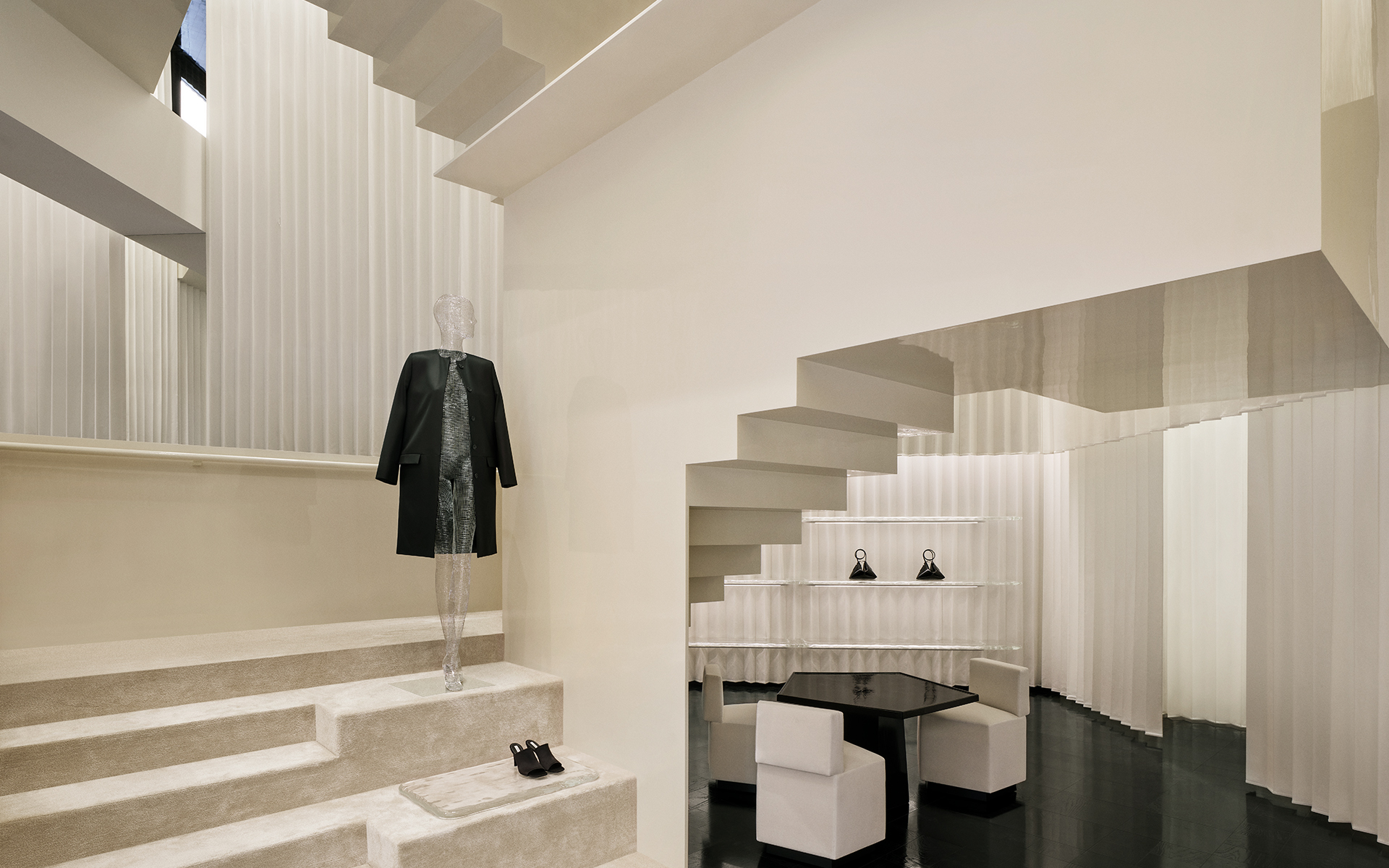 Bold, geometric minimalism rules at Toteme’s new store by Herzog & de Meuron in China
Bold, geometric minimalism rules at Toteme’s new store by Herzog & de Meuron in ChinaToteme launches a bold, monochromatic new store in Beijing – the brand’s first in China – created by Swiss architecture masters Herzog & de Meuron
By Ellie Stathaki
-
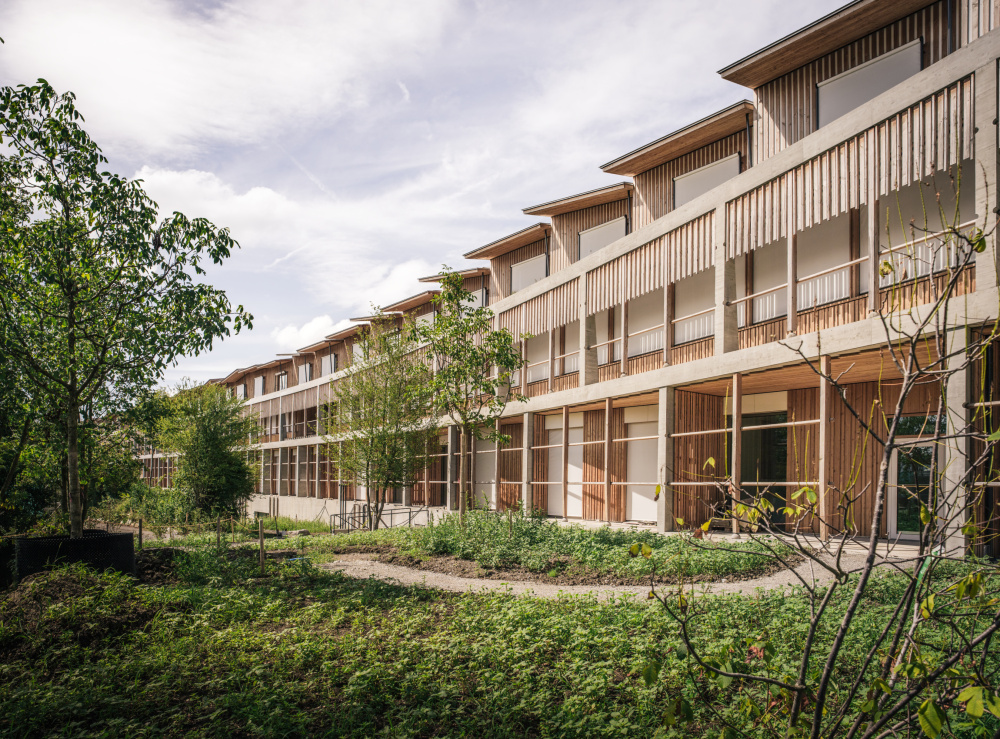 Herzog & de Meuron’s Children’s Hospital in Zurich is a ‘miniature city’
Herzog & de Meuron’s Children’s Hospital in Zurich is a ‘miniature city’Herzog & de Meuron’s Children’s Hospital in Zurich aims to offer a case study in forward-thinking, contemporary architecture for healthcare
By Ellie Stathaki
-
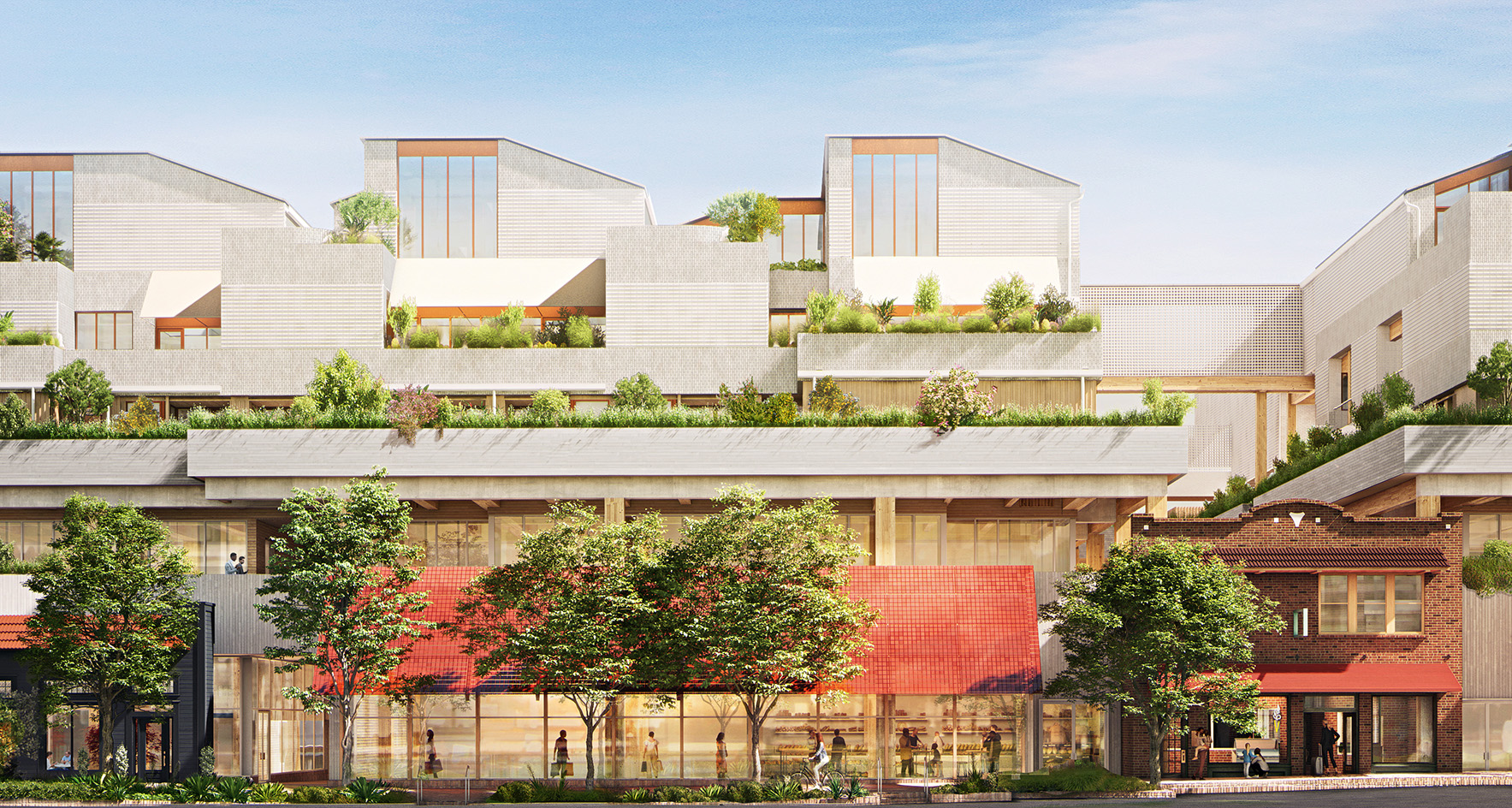 Look inside Sixth&Blanco, Herzog & de Meuron’s first project in Texas
Look inside Sixth&Blanco, Herzog & de Meuron’s first project in TexasStep inside Sixth&Blanco by Herzog & de Meuron, as the Swiss studio reveals interior images of its first ever Texas design, a forward-thinking, sustainable and mixed-use scheme
By Ellie Stathaki
-
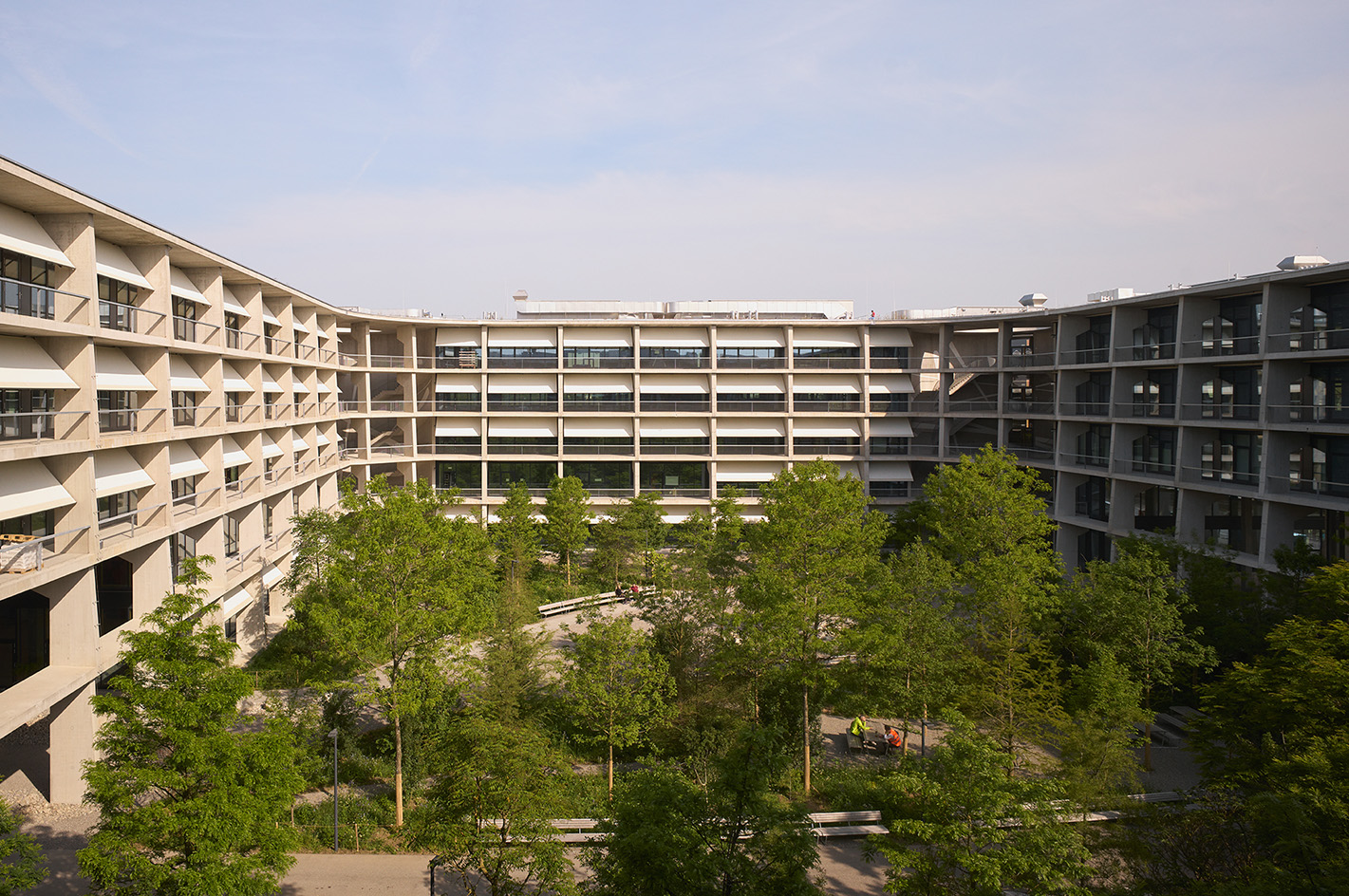 Herzog & de Meuron’s SIP Main Campus weaves together nature and sculptural concrete
Herzog & de Meuron’s SIP Main Campus weaves together nature and sculptural concreteSIP Main Campus, a new workspace by Herzog & de Meuron, completes on the Swiss-French border
By Ellie Stathaki
-
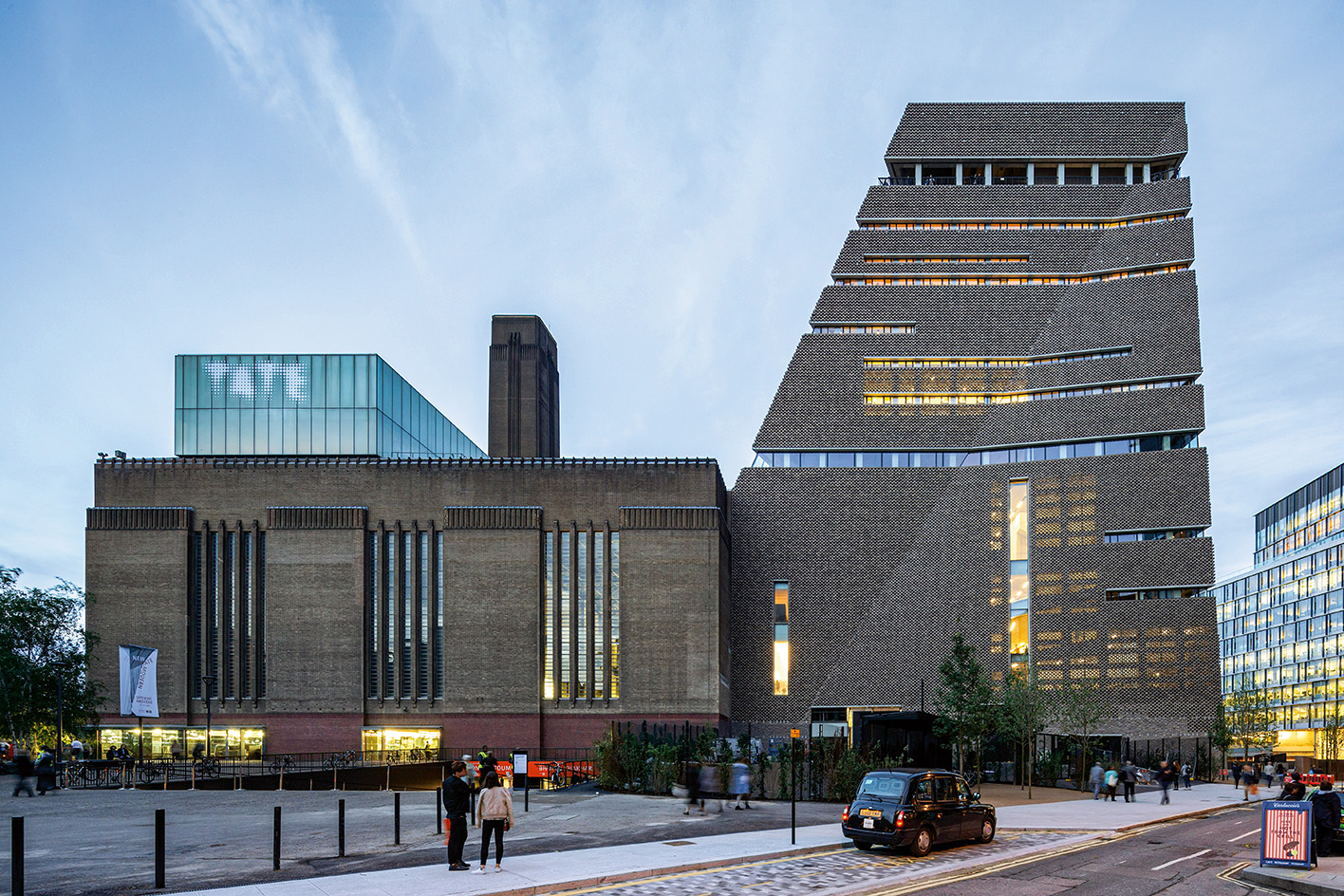 Royal Academy’s Herzog & de Meuron show in London spotlights architecture for care
Royal Academy’s Herzog & de Meuron show in London spotlights architecture for careThe Royal Academy of Arts launches its Herzog & de Meuron exhibition in London; we speak to them about the show, their approach to healthcare architecture and caring, and their rich body of work
By Amah-Rose Mcknight Abrams
-
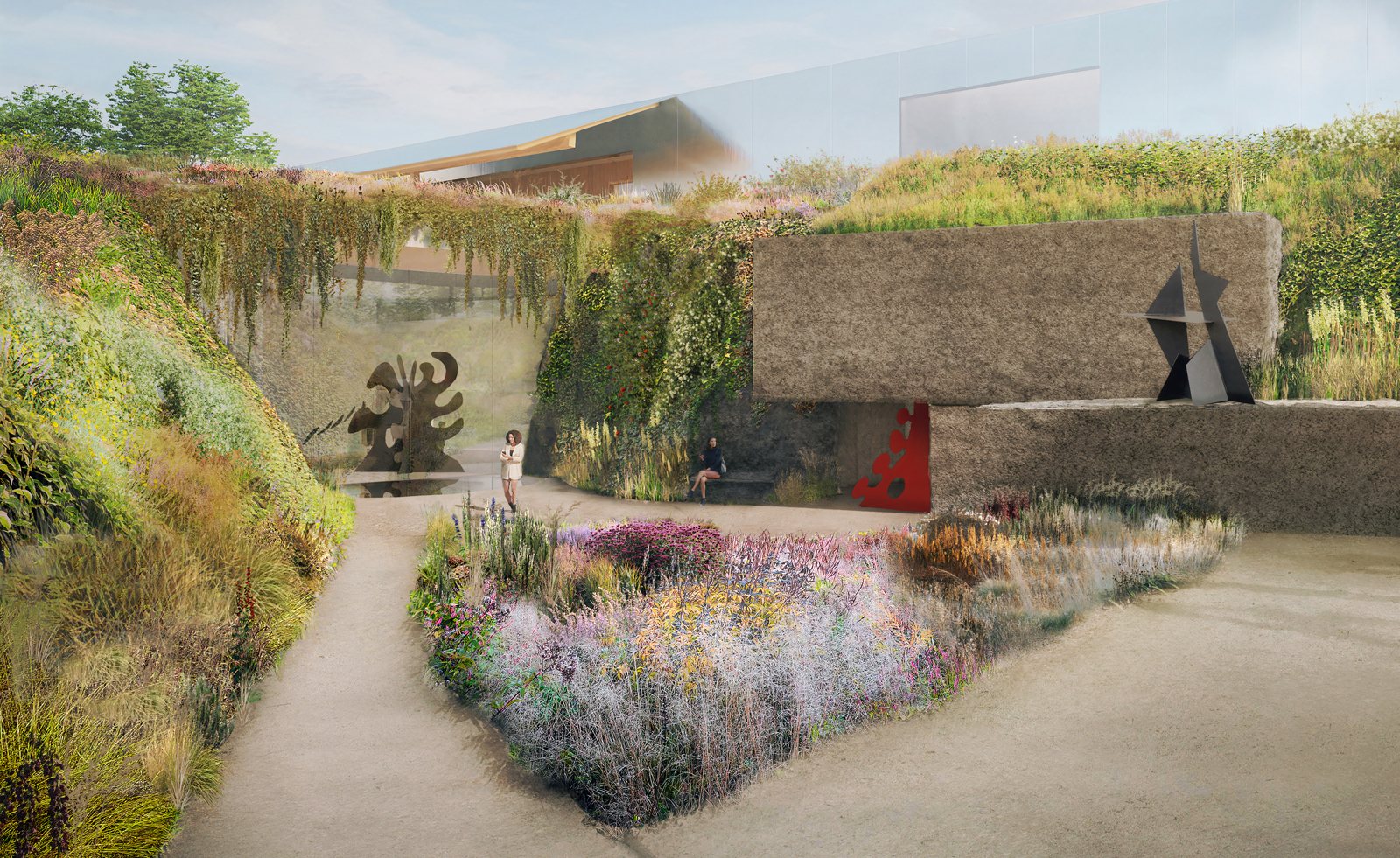 Herzog & de Meuron and Piet Oudolf unveil Philadelphia’s Calder Gardens design
Herzog & de Meuron and Piet Oudolf unveil Philadelphia’s Calder Gardens designHerzog & de Meuron and Piet Oudolf's design for the new Calder Gardens in downtown Philadelphia is set to be a tranquil tribute to artist Alexander Calder
By Hannah Silver
-
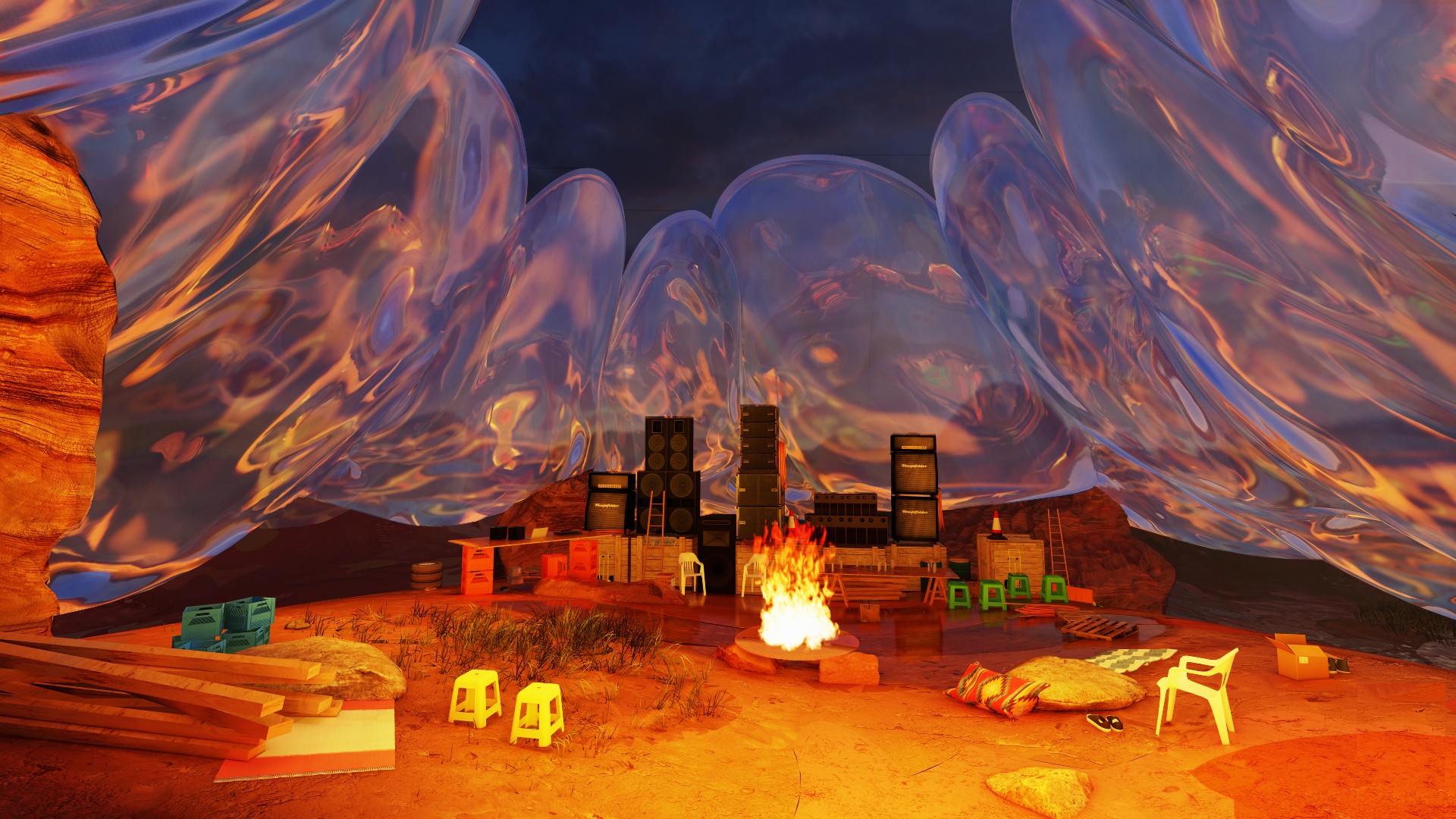 Matthew Avallone proposes ‘inhabitable park-scape’ for togetherness in Tijuana
Matthew Avallone proposes ‘inhabitable park-scape’ for togetherness in TijuanaOur Next Generation 2022 showcase shines a light on 22 outstanding graduates from around the globe, in seven creative fields. Here, we profile architecture graduate Matthew Avallone, from the Royal College of Art, UK
By Nasra Abdullahi
-
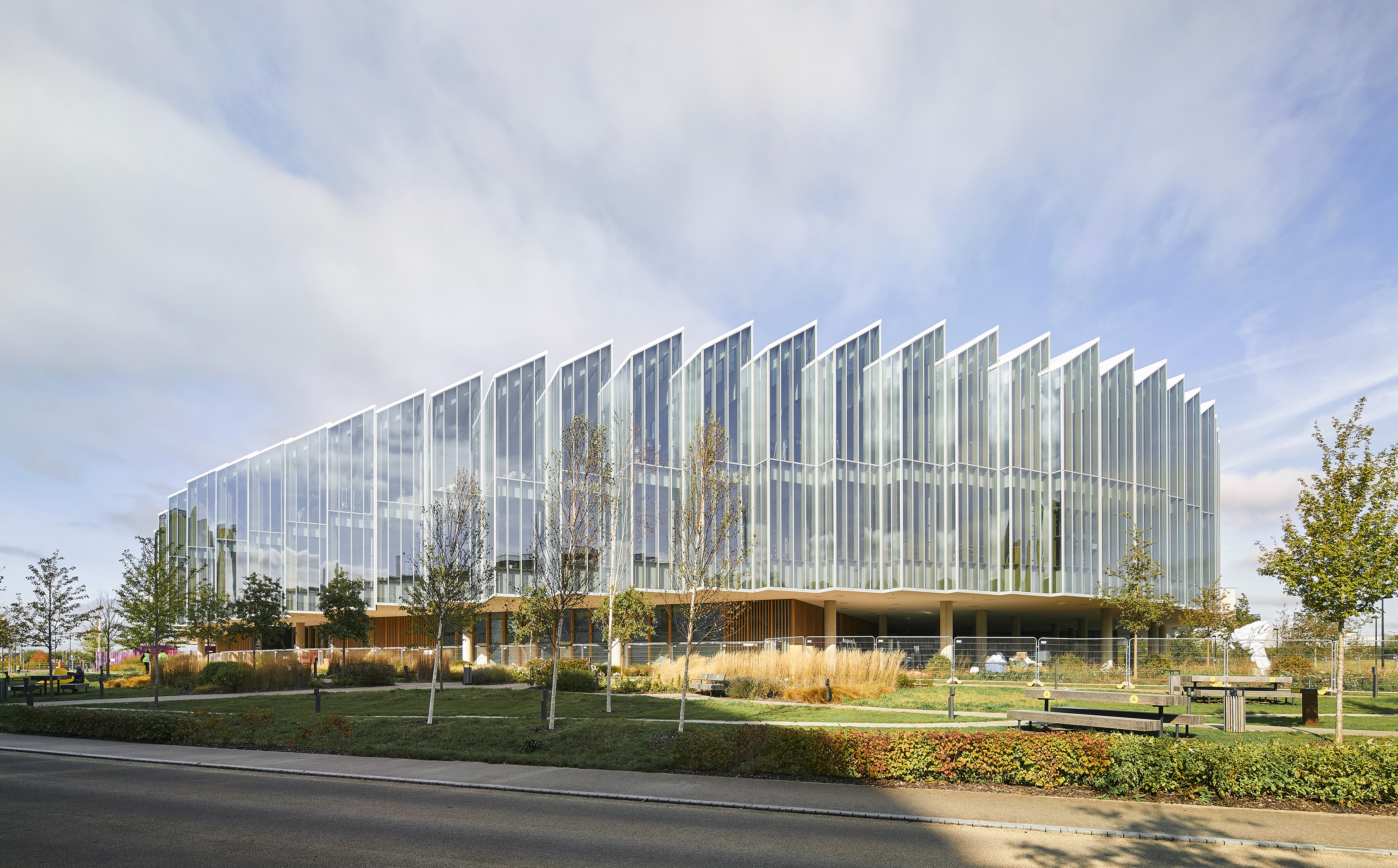 AstraZeneca’s Discovery Centre is ‘a landscape of different situations’
AstraZeneca’s Discovery Centre is ‘a landscape of different situations’Tour AstraZeneca's brand new research and development hub, The Discovery Centre, designed by Herzog & de Meuron in Cambridge, UK
By Ellie Stathaki